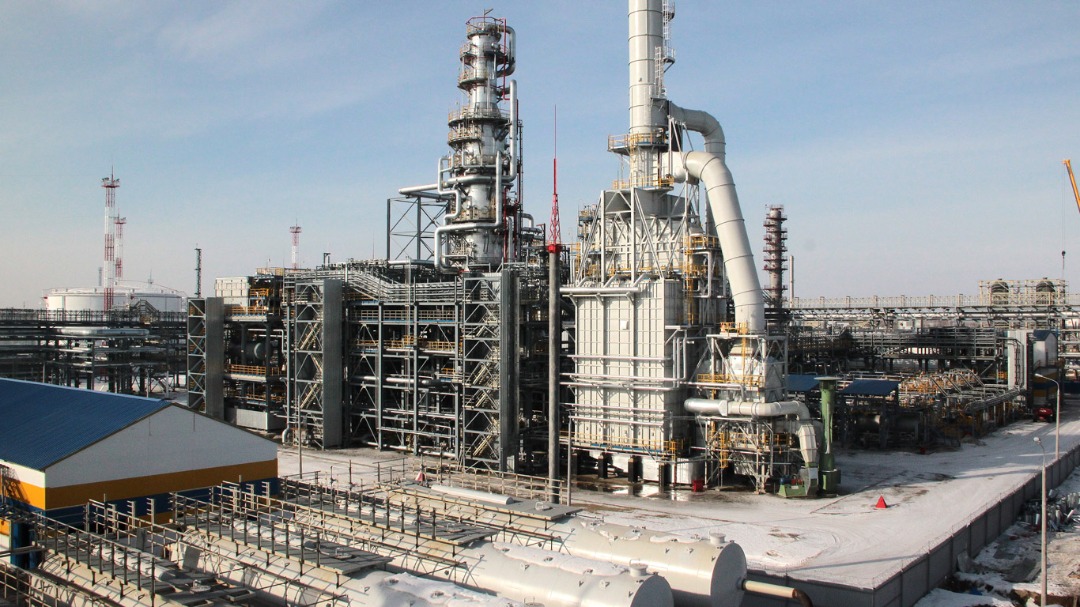
Petrochemical Description
Petrochemicals are chemical products derived from petroleum, although many of the same chemical compounds are also obtained from other fossil fuels such as coal and natural gas or from renewable sources such as corn, sugar cane, and other types of biomass.
Petrochemical production relies on multi-phase processing of oil and associated petroleum gas. Key raw materials in the petrochemical industry include products of petroleum oil refining (primarily gases and naphtha). Petrochemical goods include: ethylene, propylene, and benzene; source monomers for synthetic rubbers; and inputs for technical carbon.
Petrochemical and petroleum products are the second-level products being derived from crude oil after several refining processes. Crude oil is the basic component to produce all petrochemical and petroleum components after a long process of refinement in oil refineries. The major hydrocarbon products produced from petroleum by refining are: liquefied petroleum gas, gasoline, diesel fuel, kerosene, fuel oil, lubricating oil, and paraffin wax.
On the basis of chemical structure, petrochemicals are categorized into three categories of petrochemical products: olefins, aromatics, and synthesis gas.
Olefins: such as ethylene (CH2=CH2) and propylene (CH3CH=CH2), which are important sources of industrial chemicals and plastics; butadiene (CH2=CHCH=CH2) is used in making synthetic rubber.
Aromatics: such as benzene, toluene, and xylenes, which have a variety of uses – benzene is a raw material for dyes and synthetic detergents, and benzene and toluene for isocyanates, while xylenes are used in making plastics and synthetic fibers.
Synthesis gas: a mixture of carbon monoxide and hydrogen that is sent to a Fischer–Tropsch reactor to produce gasoline-range and diesel-range hydrocarbon as well as methanol and dimethyl ether.
Ethylene and propylene, the major part of olefins, are the basic source in preparation of several industrial chemicals and plastic products, whereas butadiene is used to prepare synthetic rubber.
Benzene, toluene, and xylenes are major components of aromatic chemicals. These aromatic petrochemicals are used in manufacturing of secondary products like synthetic detergents, polyurethanes, plastic, and synthetic fibers. Synthesis gas comprises carbon monoxide and hydrogen, which are basically used to produce ammonia and methanol, which are further used to produce other chemical and synthetic substances.

